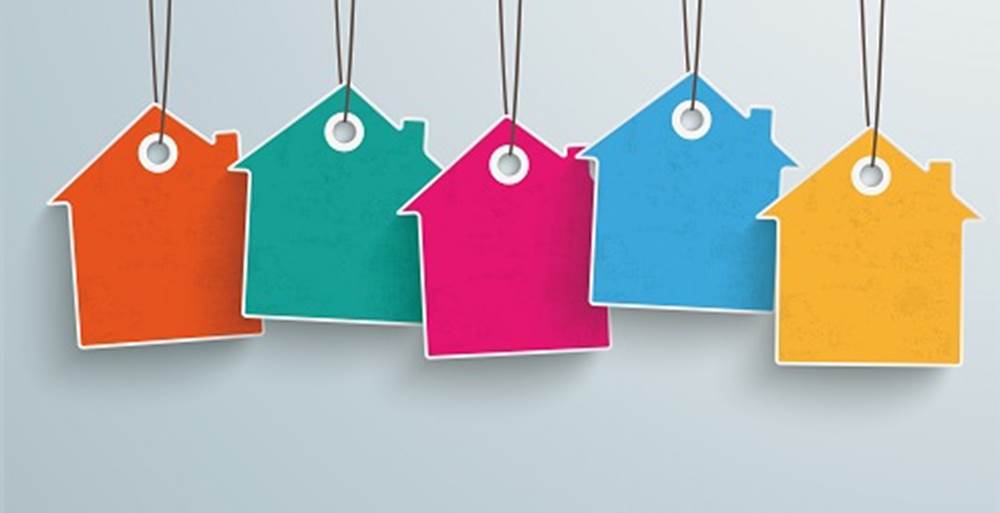
What should you look for in a home report? Ten things for buyers to check
Whenever you put your house on the market, a Home Report will be carried out to discover more about the condition of the home, the energy efficiency of the home and more.
Previously, those considering buying a house had to pay for a Survey to be carried out, but this has since changed, and the report is compiled by the seller's agent or the seller.
If a buyer asks for a copy of a Home Report, it should be sent through within nine days, and will most likely be sent through in an electronic format.
The Home Report includes a Single Survey, an Energy Report (including an Energy Performance Certificate) and a Property Questionnaire – with the latter filled out by the seller.
With such information available, what exactly should you look for in a Home Report? We have identified 10 things that a buyer should look out for when going through a Home Report.
Valuation of the house
When properties go on sale, in many instances they may be advertised as “offers over” or “offers around” a certain price. The Single Survey in the Home Report provides the buyer with the actual valuation of the property. If you are interested in buying the house, the valuation is a good number to keep in mind when assessing how much you are willing to pay.
Condition of the house
The Single Survey lists each feature of the home and gives an assessment of condition for each on a scale from one = no repairs necessary, to three = urgent repairs or replacement are needed now.
This makes it easy for the reader to see if the house is in good condition, or if there are things that may need fixed now, or in a few years’ time – allowing you to see if you will need to budget for items such as a new boiler.
Accessibility audit
The Single Survey contains details on accessibility to the property, helpful for anyone with limited mobility.
Questions in this section look at the number of steps to the entrance of the home, if there is a toilet on the same level as the bedroom and if there is unrestricted parking within 25 metres of an entrance to the house.
Energy Efficiency
The separate Energy Performance report shows exactly how energy efficient the property is – as well as providing tips on how this could be improved. Checking this section can let you know a little bit more about unseen costs that may come your way - from needing double glazing to increasing insulation – in order to reduce energy bills.
This part of the report also estimates the energy costs that would be paid for the next three years.
Planning permissions for nearby properties
The Property Questionnaire is filled out by the current homeowner, and contains some information about the house and surrounding area.
Factoring and council tax costs
The Property Questionnaire also provides information on what council tax band the property is in, and if there are any additional factoring costs – for example, for communal landscaped areas in a housing development, building maintenance or internal cleaning in a flatted block.
These extra costs can be important to take into account, as they will add up over the course of a year.
Flooding risk
While not specifically asking if the house is in an area prone to flooding, the Property Questionnaire does ask if the property has been affected by issues such as flooding, storms, fires or other structural damages. If there has been flooding, it is sensible to check the Environment Agency website, which has a postcode search to show areas which could be at risk of flooding.
Asbestos, dry rot and damp
The seller should provide information about any specialist treatment for conditions such as dry or wet rot carried out to the property – as well as if there is any asbestos.
If so, there may be future work that needs to be carried out to the building. The seller should say what the work or repairs were for, and when they were carried out, so potential buyers can discover if it is a recurring problem, or an issue which has been remedied.
Guarantees and warranties
The Property Questionnaire should provide information about these (if there are any) and where they are, e.g. with the title deeds to the house, if they are lost, or if there is no guarantee.
Listed buildings and conservation areas
The Home Report can also state if the property is in a conservation area, or if it is a listed building. If so, rules will be in place to preserve the original character or appearance of the building.
Although there are other areas which the three sections of the Home Report looks at, such as changes made to the house in the past, these 10 points will provide the main information that a buyer will need to know about a property in order to make an informed choice about buying.

